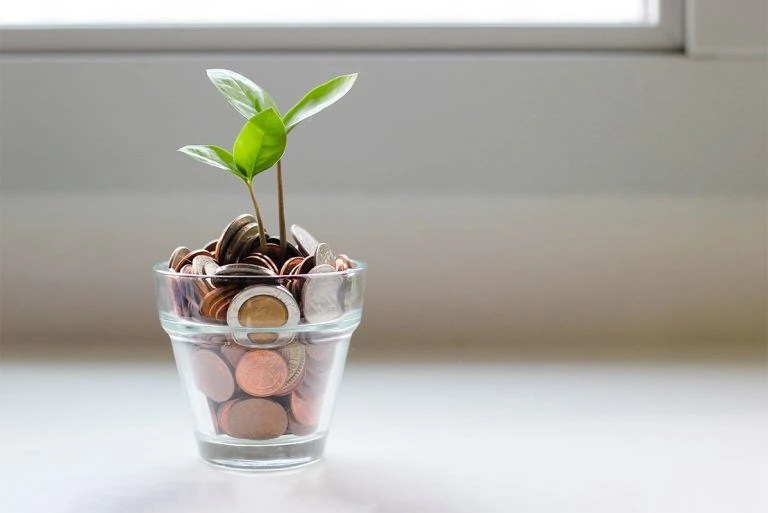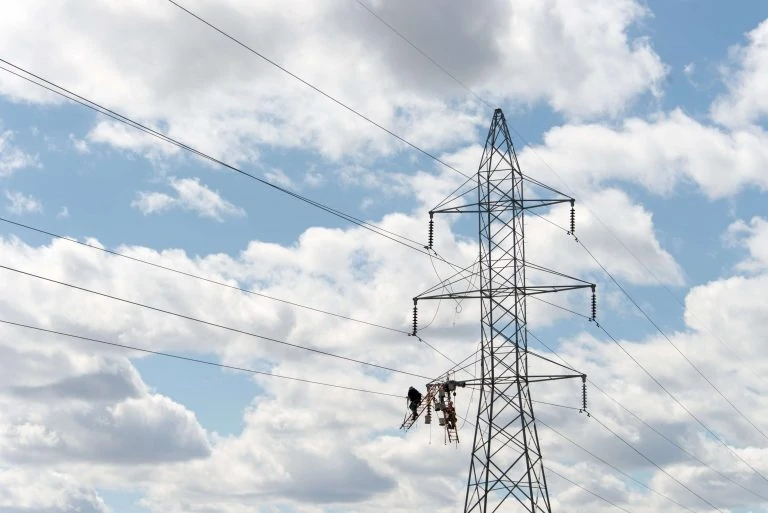You’ve probably heard the phrase ‘going green’ as it relates to saving the environment. But why go green?What are the advantages of going green, what does it even look like, and how can you actually do it?
Going green is a term for finding a way to live your life in an environmentally-friendly way and altering your behaviors and spending habits in such a way to help preserve the planet and limit your personal impact upon it.
This could be in the form of developing simple eco-conscious habits, such as recycling or composting, or it could involve more dramatic changes like completely revamping your energy-consumption habits.
There are many ways of going green – and we’re going to explore these and discuss their various advantages.
Looking for more information about sustainable living? These best books on green living will tell you everything you need to know.
What does going green mean?
As we’ve already touched upon, going green means embracing a way of life that helps preserve the environment by reducing, reusing, and recycling items. It can also involve us moderating our own behaviors to have a smaller impact on the environment.
Adopting a ‘greener’ way of living means adopting an environmentally-mindful lifestyle that contributes to protecting the environment. This means the preservation and conservation of natural resources, habitats, and biodiversity.
Explained very basically, going green means adjusting your life to find a balance between living your life, and having as little of a negative impact on the environment as you possibly can.
The aim of going green is to:
- Reduce pollution – it’s no secret that pollution is incredibly bad, not just for the environment, but also for human health, so reducing pollution should be top of the list for any eco-conscious person.
- Reduce resources consumption – many of our resources on earth are finite, so reducing consumption and eliminating waste is also important.
- Conserve natural resources and forests – forests absorb greenhouse gases, help to stabilize the climate and are key to helping tackle climate change.
- Promote eco-friendly living and personal responsibility – going green isn’t just about saving the environment, it’s also about learning to live with less, recycle more, and foster a caring attitude toward the planet we all share.
What are the advantages of going green?
Going green has numerous benefits at home, in the workplace, and to the economy at large. Brands and businesses have made shifts toward greener practices – from eliminating the use of plastics in certain products and packaging to growing organic foods.

The advantages are numerous, and while it might seem like common sense – it’s worth highlighting the many changes that regular people can make right now for a greener way of living.
Some of the environment-friendly practices that we can embrace include:
- Reduce energy costs and consumption through the use of renewable energy alternatives (like wind, solar, hydroelectric, and geothermal energy)
- Opt for quality appliances with low energy consumption
- Purchase eco-friendly household items
- Recycle biodegradable products and create DIY items
- Eat green, sustainably farmed, and ethically produced organic foods
- Choose a greener mode of transportation (like carpooling)
- Use green cleaning and skin products
- Use recycled materials when building or renovating a house
- When purchasing a new home consider a greener option, such as a prefabricated house
Three advantages to going green
The advantages of going green can fall into three major categories: economic, health, and environmental benefits.
Let’s dive into these major categories and how you can do your part in going green.
Economic benefits of going green
A significant economic benefit of going green is that it helps lower costs and save money. The use of renewable energy helps reduce energy consumption, which in turn helps save money spent on electricity bills (which is a benefit to the individual).
Going green at home helps reduce water and power bills significantly. Avoid under-filling the ashing machine, add water-saving appliances in showers and washrooms, and opt for low-flush toilets if you can – it all adds up!

Recycling is another way to go green – this can mean recycling your household items – like bedding and pillows, appliances, and even carpet – but it also means opting to buy recycled products where possible.
Buying recycled products can be cheaper, and it obviously helps save on production costs (since it would have been more costly to use virgin raw materials). Waste reduction also helps save the costs associated with waste disposal.
Another advantage of going green is that one can receive discounts and incentives for green living, for instance, some states offer incentives to those that opt to live in green homes. Green homes create ways to consume less energy, which helps reduce utility and maintenance costs.
Health benefits of going green
Going green has collective benefits for our health. It reduces dependency on fossil fuels and other depleting resources. Organic farming boosts the economy and means that we can eat local, organic, and seasonal produce which is much better for our health.

Going green by reducing or eliminating air pollutants obviously increases the quality of the air we breathe. Just like an adage goes, “prevention is better than cure,” – reducing pollutants is cheaper than trying to clear pollution from the environment if we allow it to spread.
According to a report by the World Health Organisation (WHO), air pollution causes around 2 million premature deaths every year globally.
It’s therefore essential to strive for green living!
Environmental benefits of going green
In addition to the health and economic benefits already mentioned, going green has numerous environmental benefits. Going green through organic farming leads to responsible farming practices and land use.
The cumulative effects of going green, as outlined in this article, can ultimately lead to less deforestation – which is crucial for the environment. Embracing paperless practices at home or in the workplace, for example, means there is less demand for paper, so fewer trees are cut down, and it just might mean that the rainforests have a fighting chance!

Source: Wikimedia / Neil Palmer (CIAT)
The environmental benefits of going green are almost too obvious to list here – it’s no secret that the cumulative effects of being kinder to the environment will help to preserve and protect the earth, and all those who live here.
Going green is only the way to go
It is essential to practice green living. There are many advantages of going green and, not to sound too dramatic, but if humans don’t clean up their act soon then we’ll be in serious trouble. All the things we take for granted like clean air, drinking water, and food, will no longer be available to us. It is crucial for us to improve human-environmental interaction.
When we strive for green living, then we significantly reduce the impact human beings have on the environment. All of these small changes really add up to a significant result, so the next time you buy single-use plastics, or under-fill your washing machine, spare a thought for the planet we all live on. And next time you get the opportunity, be sure to keep sustainability in mind and make a conscious effort to go green.












